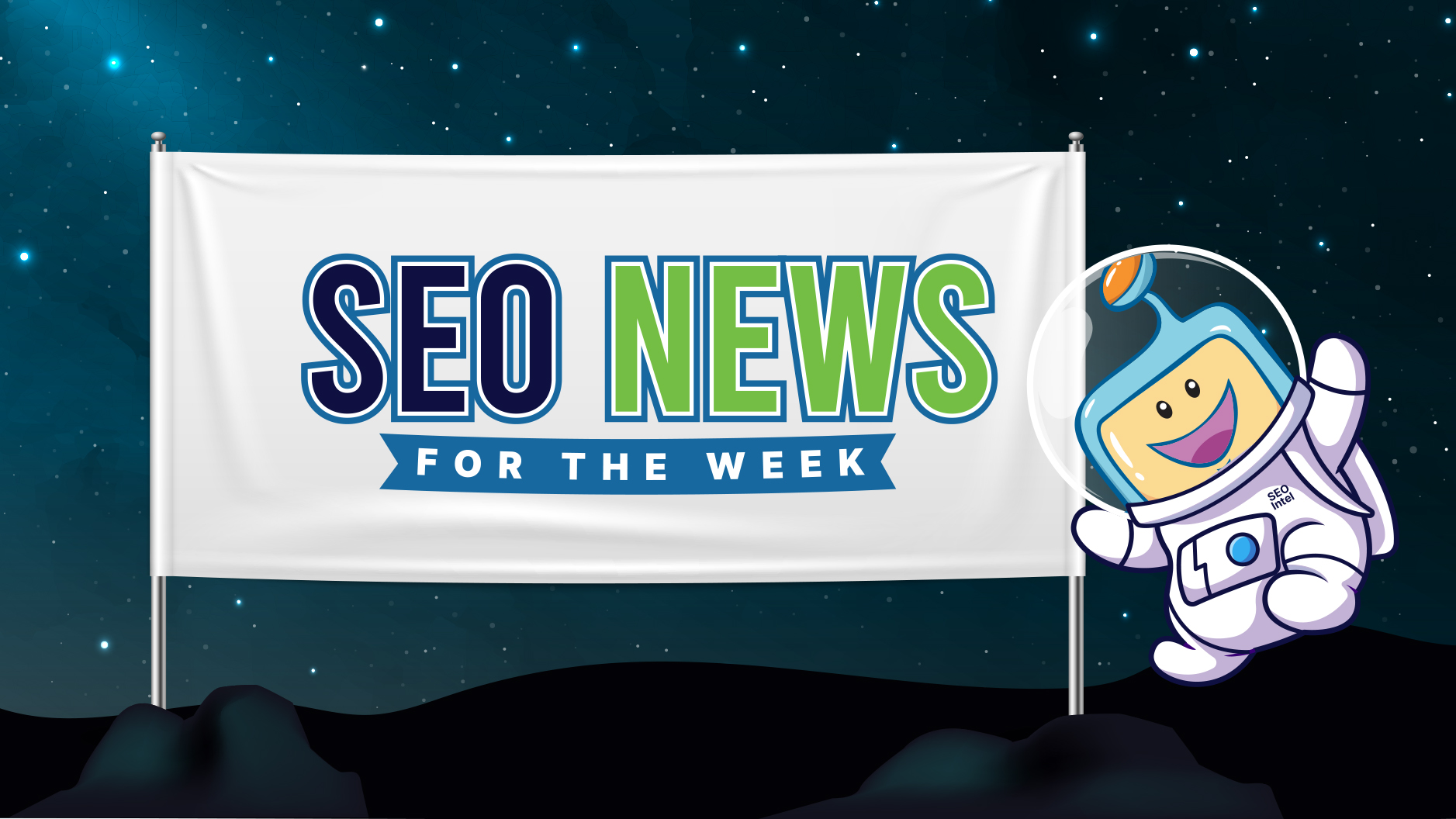
As early April gets underway, Google has unveiled a new feature that enhances businesses’ visibility on its platforms by automatically extracting promotional and product details from their marketing materials to display on Search and other services. Additionally, its AI-powered summaries have seen notable growth in entertainment, restaurants, and travel categories following the March 2025 core update. Meanwhile, Google Ads is refining its Unfair Advantage Policy to clarify that restrictions on displaying multiple ads for the same entity apply only to a single ad placement.
Google has Introduced New Tool that Automatically Extracts Marketing Content
Google has introduced a new feature that leverages businesses’ marketing content to boost their presence on platforms. This feature automatically extracts details about promotions and products from companies’ marketing materials to showcase them on Search and other Google services.
All merchants are automatically included in the marketing content usage initiative. You have the option to withdraw at any point by adjusting your preferences in the Merchant Center.
Google to gather marketing data using two methods:
Google is now able to gather and showcase details regarding your special offers, latest items, and social media accounts on Search, Shopping, and Maps without requiring any extra work. As a result, your brand and products will gain more exposure, as Google utilizes the marketing content you have already produced.
The greater exposure could lead to worries about safeguarding your brand, which might result in more views without a corresponding increase in website traffic or revenue. It is uncertain whether Google will cease displaying the advertisement in the event of minimal engagement with the additional ads being shown.
Google has not disclosed any detailed performance data at this time, but the company promotes the program as a tool that saves time by using current marketing materials to enhance the visibility of merchants.

Google to display extracted information:
The information that is taken out will be considered as “Content” according to the rules of Merchant Center. There are no extra conditions that will be relevant to the use of promotional materials in Merchant Center. Merchants who are worried about being automatically signed up can check their preferences in Merchant Center and choose to not participate if they wish.
Notable Increases in Google AI Overview Usage were Observed Following the Core Update in March 2025
Google’s AI-powered summaries experienced significant growth across three key areas – entertainment, restaurants, and travel – as a result of the core update implemented in March 2025.
From March 13 to 27, data provided to Search Engine Land by BrightEdge, a leading enterprise SEO platform, revealed a significant increase in the appearance of AI Overviews, with growth of:

One factor contributing to these significant percentage jumps is that these three industries have traditionally been less likely to prompt AI Overviews, unlike sectors such as healthcare and education, which have historically been more frequent triggers.
For marketers serving clients in the entertainment, dining, or tourism sectors, it’s essential to verify if AI Overviews have started appearing in Google search results for key terms that drive significant traffic and conversions. The introduction of AI Overviews may influence your website’s visibility and engagement, even if your search engine rankings remain unchanged.
Key Focus Areas Shared by BrightEdge Founder Jim Yu
Google’s core update for March 2025 began its rollout on March 13 and was fully implemented by March 27. An analysis by Barry Schwartz revealed that the update’s effects on data providers were comparable to those of the preceding update, exhibiting similar levels of fluctuation.
Google Ads Announces New Regulations and Increased Ad Visibility
Google Ads plans to update its Unfair Advantage Policy to make it clear that the rule against displaying multiple ads simultaneously for the same business, app, or website only pertains to one ad placement.
Starting on April 14, this adjustment comes after recent tests that permitted multiple advertisements from a single advertiser to appear in various positions on the search results page.
This new update offers the chance to gain control over search results by displaying multiple advertisements for a single business in various ad placements. This may result in greater exposure, increased click-through rates, and improved conversion rates.
This shift may also intensify competition and expenses, particularly for smaller advertisers, as prominent brands expand their online presence. Recognizing this development is essential for adjusting advertising tactics to remain competitive in the market.
Industry responses: Navah Hopkins from Optmyzr shares insights on LinkedIn:
Digital marketing expert Boris Beceric commented that Google is only chasing the money:
Google Ads’ latest policy change represents a significant departure from its traditional approach, sparking concerns about the future of search engine results page landscape and the competitive dynamics at play.
The latest update has the potential to open up new possibilities for advertisers to have a strong presence in search results. However, it could also pose challenges for smaller businesses looking to stand out. The full effects of this update will become more evident as the industry adjusts in the upcoming months.